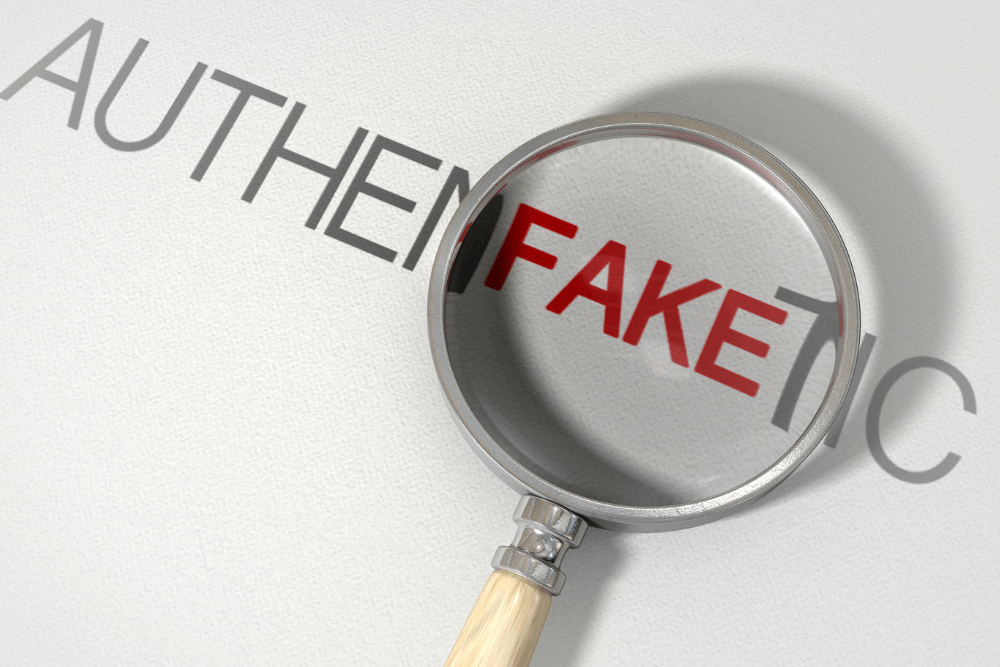The cannabis industry has seen success and achievement in recent years. However, with this success comes a challenge: counterfeiting. Counterfeit cannabis products pose serious risks to consumers and can damage the reputation of legitimate businesses. To preserve authenticity and protect consumer safety, solid anti-counterfeiting measures can be implemented. One crucial aspect of anti-counterfeiting efforts is using packaging solutions that are both secure and reliable. Let’s take a closer look at the types of counterfeiting and the packaging options available to protect brands and consumers.
What is Counterfeiting?
There are two main types of counterfeiting that we’ll focus on:
Packaging Impersonation: Occurs when fraudsters recreate the packaging of popular and trusted brands. The aim is to deceive consumers into believing they are purchasing authentic products from a brand. Counterfeit packaging can closely mimic the design, colors, and labeling of genuine products, making it difficult for consumers to differentiate between authentic and counterfeit items. This poses a risk to a brand’s reputation if counterfeit products are being sold under their name because these fake products usually do not meet a brand’s standards for safety and quality.
Product Tampering: Product tampering involves attempts to alter, manipulate, contaminate, or compromise cannabis products. This poses significant health and safety risks to consumers, especially if harmful contaminants are introduced or if the potency of the product is affected.
Anti-Counterfeiting Options
To combat packaging impersonation, there are a myriad of solutions available. Most solutions aim at making packaging replication difficult. Using holograms on packaging is one option that will increase the difficulty fraudsters will face when trying to duplicate packaging accurately. Holograms can also incorporate additional security features like microtext and unique serial numbers. This further increases the complexity and uniqueness of the package. The complexity, specialized equipment, and materials required to create convincing holograms may deter counterfeiters from even trying to replicate that specific package, as it increases the cost.
Additionally, color changing inks, specifically tamper-indicating inks, can provide a visible indication of tampering. If someone attempts to move or reposition a label, the tamper-indicating ink is triggered and will display a different color indicating that the product may not be valid. Another type of color changing ink technology is photochromic inks. This color changing ink technology can act as an invisible layer of protection. They are only visible under specific lighting conditions and fraudsters may miss adding these to counterfeit packaging. Lastly, digital watermarking is a great option to combat packaging impersonation. These are not visible to the naked eye, but are embedded within your packaging design, for example in your logo. When these watermarks are scanned with specialized software, devices or cell phones, it can allow for verification of authenticity. Not only do digital watermarks help with authenticity, but can add customer interaction as well. When a customer scans the watermark with their smartphone, they can be taken to the brand’s website, a special landing page, and more. To take the level of protection even further, with digital printing it is possible to put a different code in each package which creates unique IDs for one product. These watermarks can even contain important information such as batch numbers, production dates, and more to enable product tracing.
To combat product tampering, a simple solution is using tamper evident bands on containers. Tamper-evident bands fit snugly around the closure of a container and are applied when the product is sealed. The only way the product can be opened is if the band is removed. Tamper evident bands provide visual evidence of tampering to the consumers and also help prevent the container from being refilled and sold. Similarly, tear notches on flexible packaging provide the same benefit that temper bands do. These are small indentations or perforated areas on flexible packaging that provide a visual indicator to consumers if a product has been opened. Both tamper bands and tear notches instill confidence in consumers by ensuring that the product meets brand’s standards for quality and safety. Lastly, using a tamper-evident seal which incorporates color-changing inks to indicate unauthorized access to a package. When the seal is intact, it will remain the original color, however if someone attempts to peel off or break the seal, the ink changes color providing evidence of potential tampering. This technology helps to safeguard products during storage, transportation, and distribution, providing assurance to consumers and protecting against counterfeit or tampered goods.
Best Practices and Conclusion
In addition to implementing the anti-counterfeiting options above, brands in the cannabis industry should consider adjusting their labels and packaging designs to increase the difficulty for replication. Furthermore, educating consumers about the key elements to observe on a brand’s package or label can enable them to detect subtle indications of tampering. By protecting both the packaging and the product, the cannabis industry can preserve its reputation and ensure the success of legitimate businesses.



Follow NCIA
Newsletter
Facebook
Twitter
LinkedIn
Instagram
–